Call or Text
801-438-4793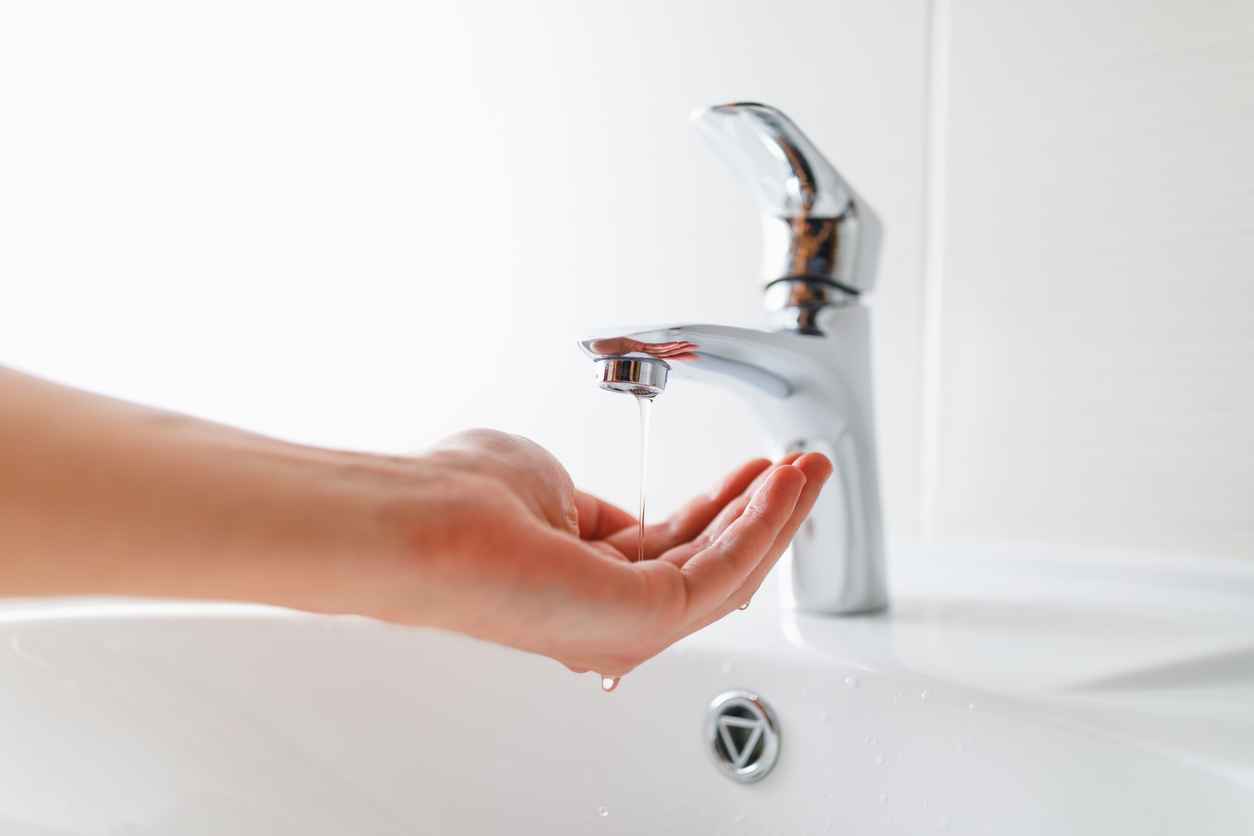
Why is My Water Pressure Low? 10 Reasons & What to Do
November 2, 2023
Picture this: you turn on your shower, expecting a refreshing cascade of water to invigorate your morning routine, only to be met with a weak trickle that barely wets your skin. Or perhaps you’re in the kitchen, trying to fill a pot with water, but the sluggish flow from the faucet tests your patience. Low water pressure can be incredibly frustrating, disrupting everyday tasks and diminishing your overall water experience.
If you’ve ever found yourself wondering, “Why is my water pressure low?” you’re not alone. It’s a question that plagues countless homeowners, and in this blog, we’ll delve into the intricacies of low water pressure, exploring the common culprits that may be behind this nuisance. From simple fixes you can do yourself to when it’s time to call in a professional, we’ll unravel the mystery of low water pressure and help you regain the strong, steady flow you deserve.
10 Reasons Your Water Pressure is Low
Low water pressure can be an irritating issue that affects your daily routines. It can make tasks like showering, doing dishes, and washing your hands a frustrating experience. Understanding the reasons behind low water pressure is essential to address the problem effectively. Here are ten common culprits that may be causing your water pressure to be low:
- Mineral Buildup: Over time, mineral deposits can accumulate in your pipes, narrowing the flow of water and reducing pressure.
- Leaky Pipes: Leaks in your plumbing system can divert water away from your fixtures, leading to lower pressure at the taps.
- Corrosion: Corroded pipes can restrict water flow and cause low pressure throughout your home.
- Clogged Pipes: Debris, sediment, or rust inside your pipes can obstruct water flow, resulting in decreased pressure.
- Municipal Water Supply Issues: Problems with the public water supply, such as main breaks or maintenance, can temporarily reduce water pressure.
- Water Meter Issues: A faulty or old water meter can restrict water flow into your home.
- Pressure Regulator Problems: A malfunctioning pressure regulator may be allowing too little water into your home, causing low pressure.
- Shut-Off Valve Position: Partially closed or improperly adjusted shut-off valves can limit the flow of water to certain fixtures.
- Water Well Pump Issues: If you have a well, problems with the well pump or its components can result in low water pressure.
- Plumbing Blockages: Blockages in specific pipes or fixtures, like clogged faucets or shower heads, can cause localized low water pressure.
Identifying the specific cause of low water pressure in your home is the first step toward finding a solution. Depending on the underlying issue, you may be able to resolve it yourself or need professional assistance to restore strong, consistent water pressure to your household.
What Should You Do if Your Water Pressure is Low?
If you’re experiencing low water pressure in your home, there are several steps you can take to identify and potentially resolve the issue. Here’s a guide on what to do if your water pressure is low:
- Check All Faucets and Fixtures: Start by testing water pressure at various fixtures, including sinks, showers, and outdoor hoses. Determine if the issue is localized to a specific area or affects the entire house.
- Inspect for Clogs: Remove and clean faucet aerators and shower heads. Sediment and mineral deposits can accumulate in these fixtures and restrict water flow. Soaking them in vinegar can help dissolve mineral buildup.
- Examine Shut-Off Valves: Ensure that the shut-off valves near the affected fixtures are fully open. Partially closed valves can reduce water pressure.
- Check for Leaks: Look for visible leaks in your plumbing system, both inside your house and in the yard. Leaks can divert water away from where you need it.
- Inspect Pressure Regulator: If you have a pressure regulator on your main water line, check it for any issues. It should be set to an appropriate pressure level and functioning correctly.
- Test the Main Shut-Off Valve: Make sure the main shut-off valve, where water enters your home, is fully open. If it’s partially closed, it can limit water flow.
- Flush the Pipes: If you suspect sediment or mineral buildup in your plumbing, you can try flushing the pipes. Turn off the main water supply, open all the faucets, and then turn the water supply back on. This can help clear out debris.
- Professional Inspection: If you’ve gone through these steps and haven’t found a solution, or if you suspect more serious plumbing issues, it’s advisable to consult a professional plumber. They can diagnose and address complex problems, such as pipe corrosion, well pump issues, or significant blockages.
Remember that low water pressure can result from various causes, and the appropriate solution depends on the specific issue you’re facing. It’s essential to diagnose the problem accurately before taking any action to ensure a successful resolution. If in doubt, consulting a plumber is a wise choice to address low water pressure effectively.
Plumbing Services in Utah and Idaho
Superior Water & Air stands as your trusted partner for plumbing services in Utah and Idaho. Our commitment to excellence and customer satisfaction makes us the go-to choice for all your plumbing needs. Don’t settle for less when it comes to your plumbing – choose Superior Water & Air for a top-notch experience that exceeds your expectations. Contact us today to learn more about our services.
Recent News
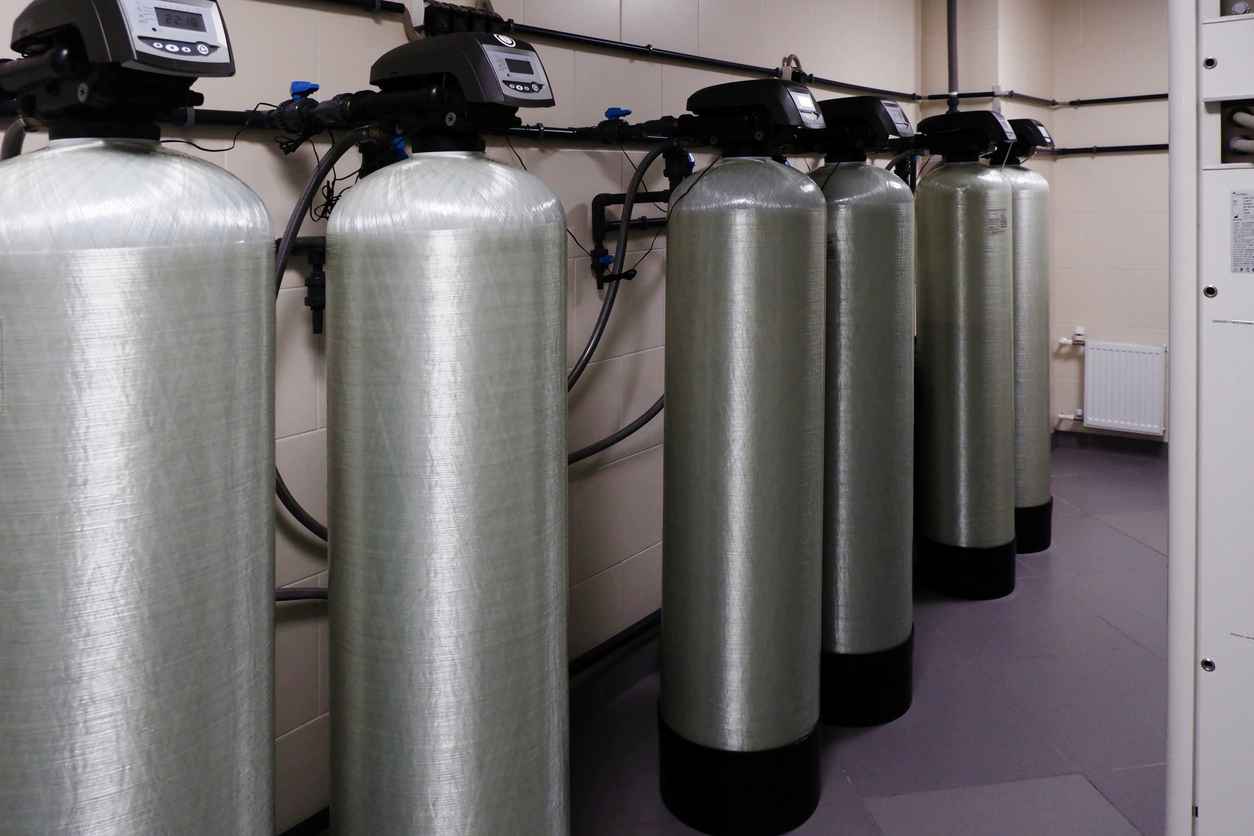
Do You Need a Water Softener? How to Tell & How You Benefit
May 29, 2025
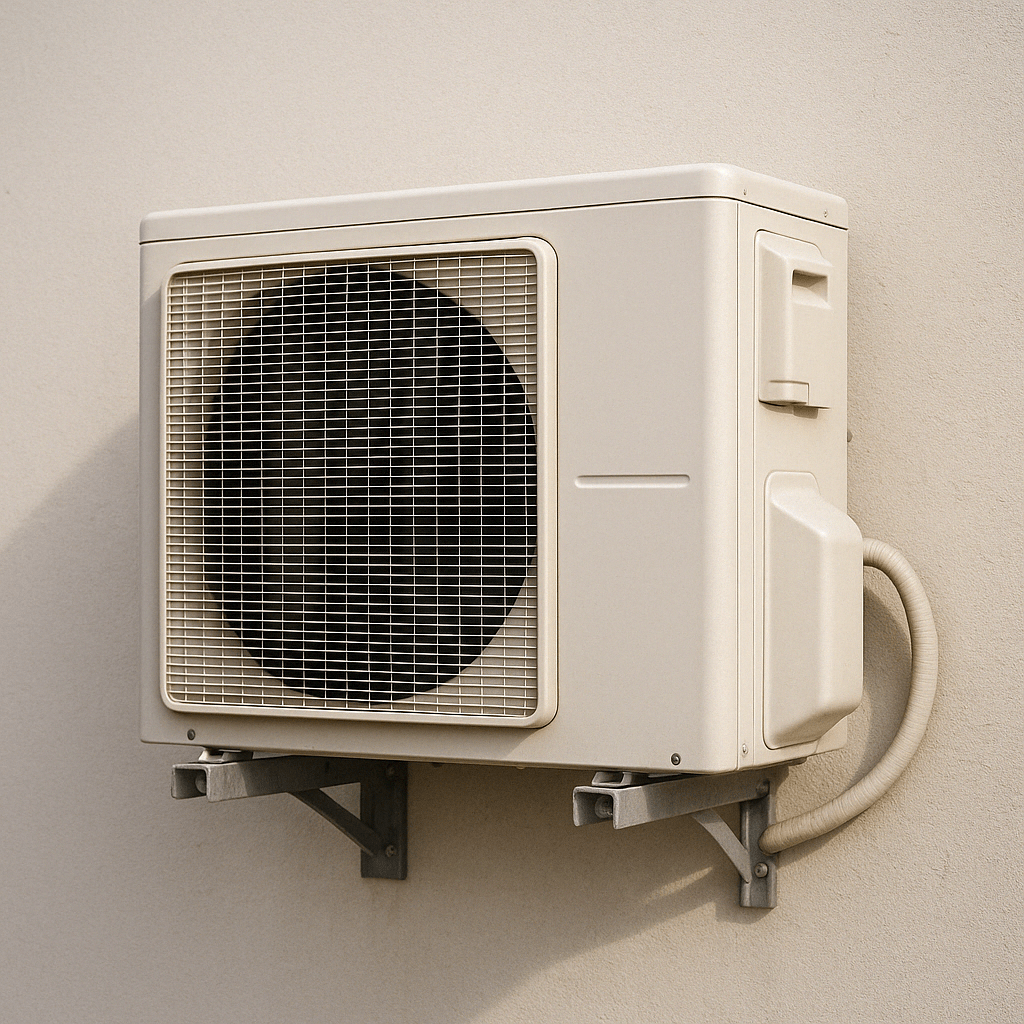
Get Your Air Conditioner Ready for the Summer with Superior Water & Air
April 21, 2025
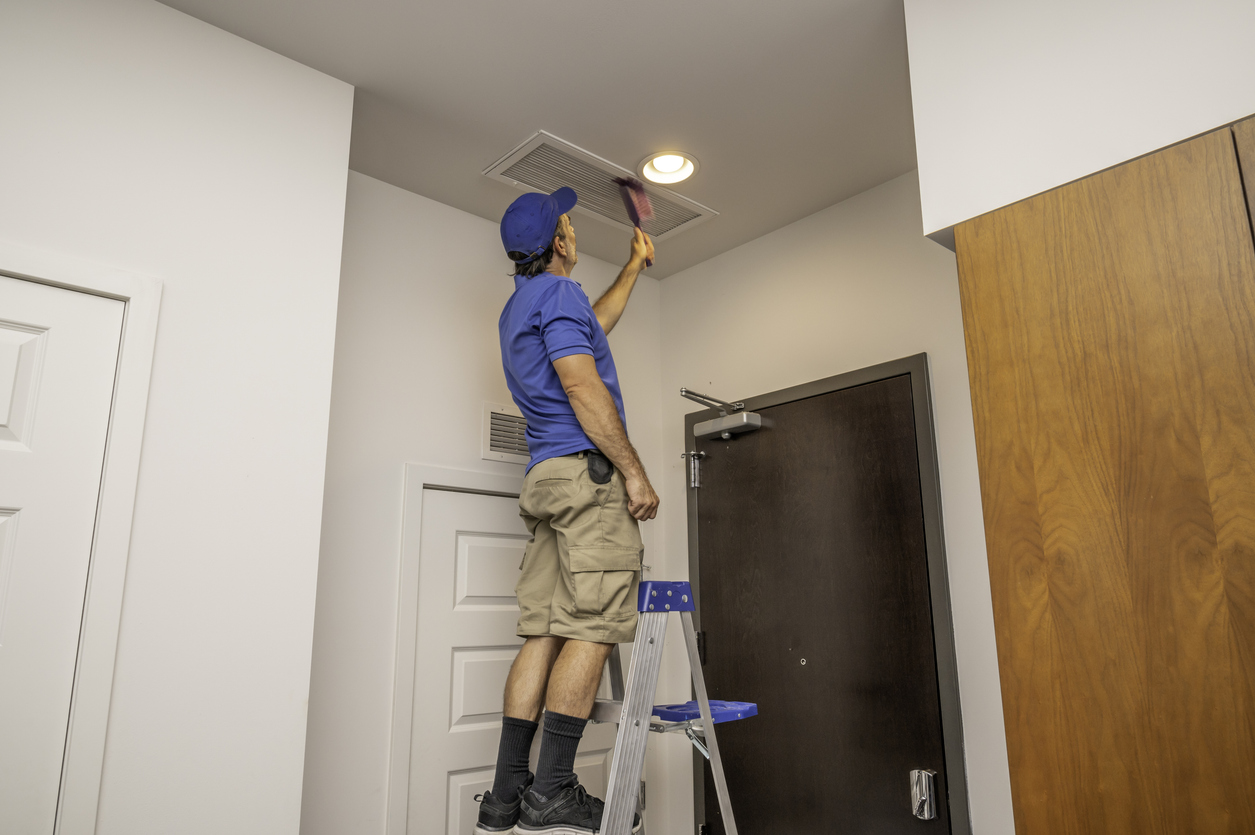
Why You Need the Air Ducts Cleaned in Your Home: Benefits & More
April 3, 2025
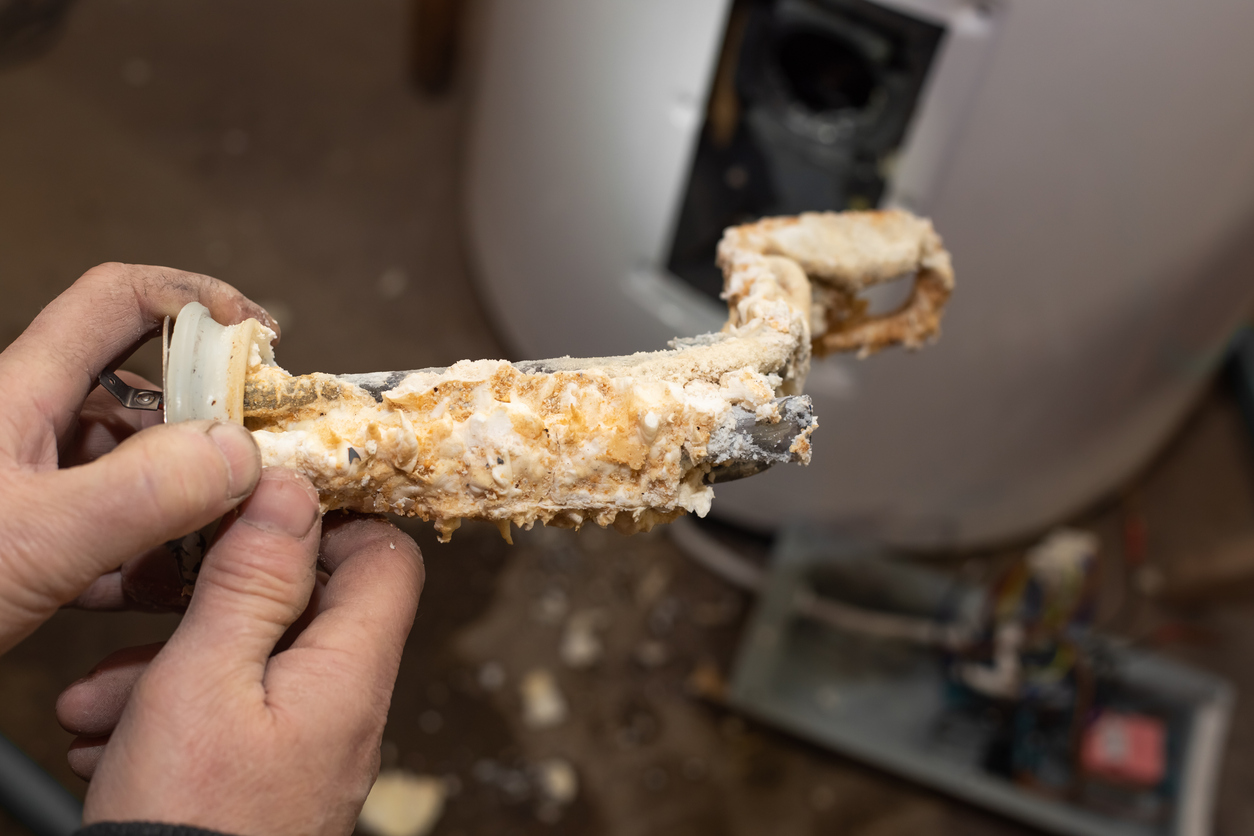
How to Determine Water Hardness & Treat Effectively
February 25, 2025
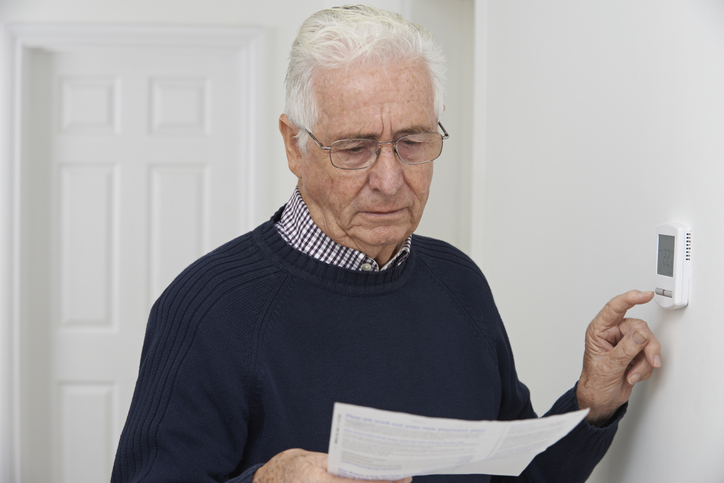
How to Save On Your Heating Bill During Winter
February 10, 2025
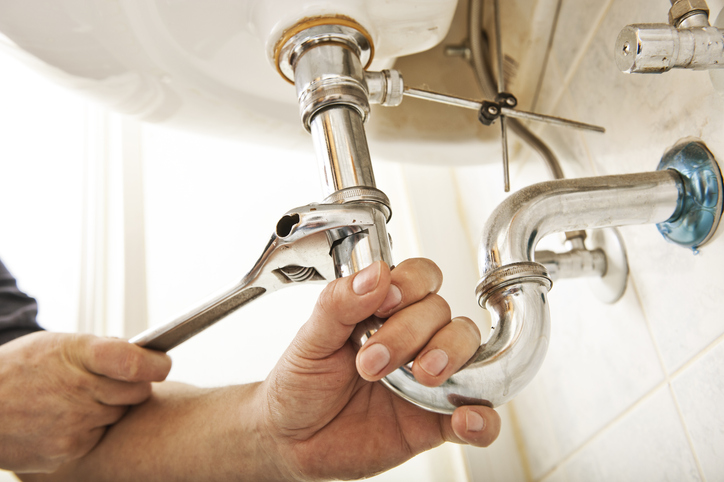
Cost Savings with Proper HVAC and Plumbing Systems in Winter
December 9, 2024
